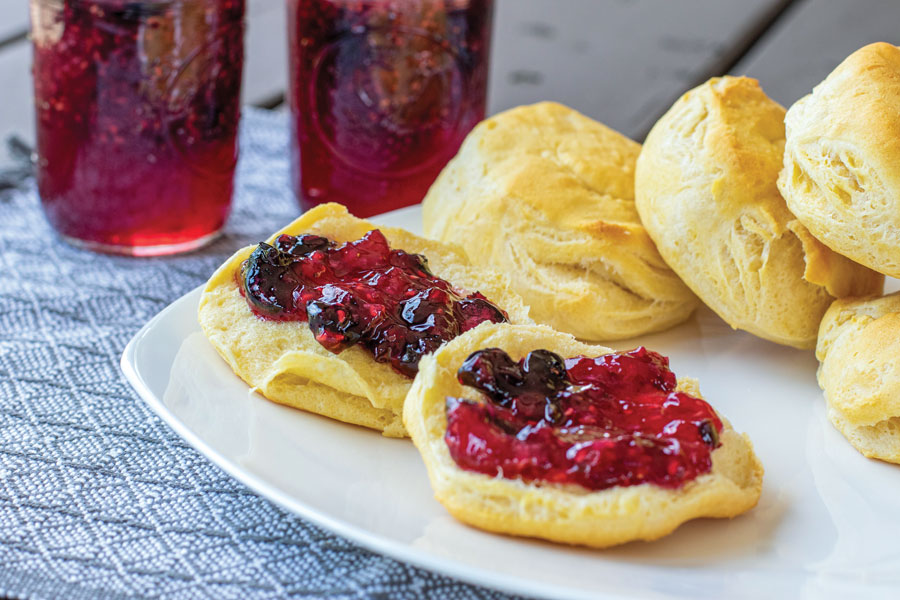Flowers add bright colors and interesting textures to gardens and are visited by a plethora of pollinators looking for a sweet drink of nectar. Many of the flowers already growing in our gardens are also edible and just waiting for us to harvest and enjoy the blooms. Edible flowers can be the main ingredient in a recipe, a little added spice to a favorite dish or a garnish for added color on a plate.
Edible flowers can be grown in your backyard from seeds or transplants. Incorporate them into patio containers or an existing landscape. If you don’t have the space or time to grow your own, mature flowers grown specifically as a food crop can be purchased at a farmers market or found in the produce section at the grocery store.
Use caution when eating any flower or plant from the garden or landscape. Properly identify all the plants in the garden and know what you are growing. Even if the flower is edible, it may not taste the best. Even worse, the plant, or parts of it, could be poisonous. Ensure that any flowers you plan to eat are chemical-free, and avoid eating edible flowers if you have allergies since there may be some residual pollen.
Harvest edible flowers in the early morning when blooms have just opened. Avoid harvesting unopened or wilting flowers. For most flowers, you will only eat the colorful petals; remove all other parts and immediately place them in a cool location upon harvest to avoid the petals from wilting before using.
When adding flowers to a recipe, try to match the flavor of the flower to the recipe. Add them to your recipe or plate just before serving for the best results.
Chives. Enhance soups, salads and vegetables by adding some onion flavor with sprinkles of these round, purple flowers. They are clump-forming perennial herbs for a full-sun area.
Nasturtium. The brightly colored blooms add a peppery bite and pop of color to fresh salads. It is an annual plant that grows best from seeds started in a full-sun garden.
Borage. These star-shaped blue flowers with a cucumber flavor make a beautiful garnish to a summer salad. Borage is a full sun-loving annual but will self-seed year after year.
Squash. Stuff these with meat or cheese, batter and fry them, and enjoy. Harvest the male flowers (stem is thin), leaving a few for pollination. My grandma served fried pumpkin blossoms on sliced bread — such a simple but delicious snack from my childhood that I still enjoy today.
Edible flowers can offer beautiful and unique textures, colors and tastes to your next plate. Other flowers to consider are calendula, pansy, rose, lavender and daylily. Harvest more from your garden by incorporating a few edible flowers into the mix.










